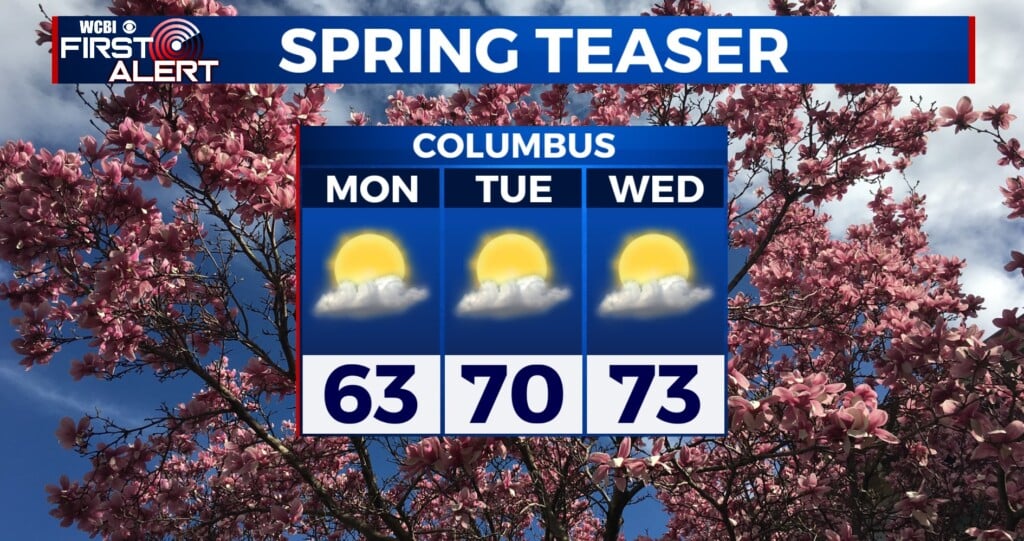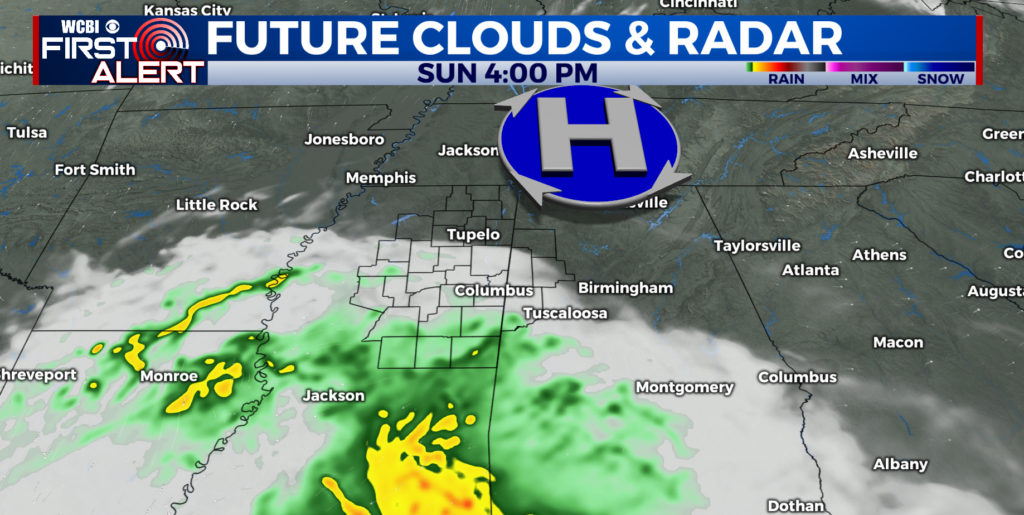Snow Possible in South Mississippi, Cold Precautions Issued Again
PEARL – The Mississippi Emergency Management Agency is asking residents to prepare themselves and their homes for a dangerous developing winter weather situation. The National Weather Service says the forecast for Tuesday calls for:
· Ice accumulations up to three quarters of an inch along the Gulf Coast.
· Snow accumulations of up to four inches along the Highway 84 corridor.
· Perhaps up to an inch of snow along and south of the I-20 corridor.
· Temperatures statewide are expected to remain below freezing from Tuesday morning through late Thursday morning.
Residents should prepare for the possibility of power outages, problems with pipes that are not fully insulated or at risk to burst and very dangerous driving conditions. Last week the Mississippi Department of Public Safety and other emergency service officials reported more than 100 vehicle accidents occurred in south Mississippi from icy conditions.
“This is a very dangerous situation because snow and ice are very rare for extreme southern Mississippi,” said MEMA Director Robert Latham. “We need everyone to have an emergency plan together for this.”
State and local agencies are putting emergency plans in place for this winter weather event, and an update on actions will be provided this afternoon.
Take time to go over these tips to keep your home, community, family, vehicles and pets safe:
Homes:
· All fuel-burning equipment should be vented to the outside and kept clear.
· Keep fire extinguishers on hand, and make sure everyone in your house knows how to use them. House fires pose an additional risk, as more people turn to alternate heating sources without taking the necessary safety precautions.
· Disconnect hoses and cover all exterior water faucets. Maintain a slight drip of interior water faucets.
· If the pipes freeze, remove any insulation or layers of newspapers and wrap pipes in rags. Completely open all faucets and pour hot water over the pipes, starting where they were most exposed to the cold (or where the cold was most likely to penetrate).
· Learn how to shut off water valves (in case a pipe bursts).
· Maintain ventilation when using kerosene heaters to avoid build-up of toxic fumes. Refuel kerosene heaters outside and keep them at least three feet from flammable objects.
· Conserve fuel, if necessary, by keeping your residence cooler than normal. Temporarily close off heat to some rooms. If you will be going away during cold weather, leave the heat on in your home, set to a temperature no lower than 55 degrees Fahrenheit.
Community:
· Make sure your family and neighbors know the risks, and find ways to communicate with them during the cold temperatures.
· Keep contact with elderly and at-risk neighbors and relatives. Make sure they have a safe, warm place to stay while the conditions remain cold and hazardous.
· Ensure community members have a fully-stocked emergency supply kit with items like food, water, medications, flashlights and extra batteries.
· Identify residents who are: shut-ins, elderly, families with small children, medical-care dependent, non-English speaking, low income and have no transportation.
Family:
· Watch for signs of frostbite. These include loss of feeling and white or pale appearance in extremities such as fingers, toes, ear lobes, and the tip of the nose. If symptoms are detected, get medical help immediately.
· Watch for signs of hypothermia. These include uncontrollable shivering, memory loss, disorientation, incoherence, slurred speech, drowsiness, and apparent exhaustion. If symptoms of hypothermia are detected, get the victim to a warm location, remove wet clothing, warm the center of the body first and give warm, non-alcoholic beverages if the victim is conscious. Get medical help as soon as possible.
· Wear mittens, which are warmer than gloves.
· Wear a hat. A hat will prevent loss of body heat.
· Cover your mouth with a scarf to protect your lungs.
· If you must go outside, wear several layers of loose-fitting, lightweight, warm clothing rather than one layer of heavy clothing. The outer garments should be tightly woven and water repellent.
Vehicles:
· Do not travel unless absolutely necessary. Driving conditions will be hazardous.
· If traveling, let someone know your destination, your route and when you expect to arrive. If your car gets stuck along the way, help can be sent along your predetermined route Antifreeze levels: ensure they are sufficient to avoid freezing.
· Battery and ignition system: should be in top condition and battery terminals should be clean.
· Brakes: check for wear and fluid levels.
· Heater and defroster: ensure they are working properly.
· Lights and flashing hazard lights: ensure they are working properly.
· Gas tank: Maintain at least a half tank of gas during the winter season.
Pets:
· Bring pets/companion animals inside during freezing weather. Move other animals or livestock to sheltered areas with non-frozen drinking water.
· Warm vehicle engines attract outdoor animals and pets. To avoid injury to hidden animals, hit on your vehicle’s hood before starting your engine.
The public is encouraged to follow updates from MEMA on Twitter, Facebook and at www.msema.org. You can also download MEMA’s free mobile phone app for Android or iPhone devices.





Leave a Reply